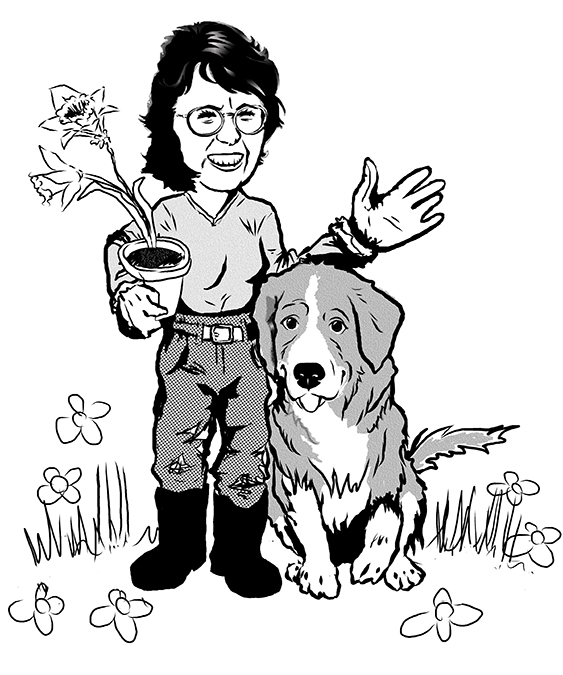Why Latin?
by Leslie Cox; Thursday, August 16, 2012
There are many gardeners who do not like to call plants by their scientific name. Perhaps it is the uncertainty of getting the pronunciation correct that scares them off. It may also be some of the long names with multiple syllables. But heck…who knows which pronunciation of the common name for Lycopersicum lycopersicum, tomato, is really correct? It depends on which side of the Atlantic Ocean you live, doesn’t it? And we are both right.
There are a couple of good, solid reasons why every gardener should make at least some effort to learn the scientific names of their plants. First, there is no confusion about what plant you are talking about when you use the Latin name. It refers to one plant and one plant only. Use the common name and you could be talking about two, possibly even three totally different plants.
Starting Over in a Garden
by Leslie Cox; Thursday, August 16, 2012
Life begins the day you start a garden. ~ Chinese Proverb
How true for us.
Oh, we have gardened off and on since we were kids, depending on where we were and our particular situations throughout the years between then and now. But in turning to our garden after both losing our jobs on the shutdown of the Gold River pulp mill, Life really did begin for us as we embarked on the garden make-over.
Getting down to ground level in a garden literally grounds you. Life begins in the soil with the sprouting of seeds and Life ends with the decomposition of plant material returning nutrients back into the soil from which it came…in readiness for the birthing of a new seedling.


